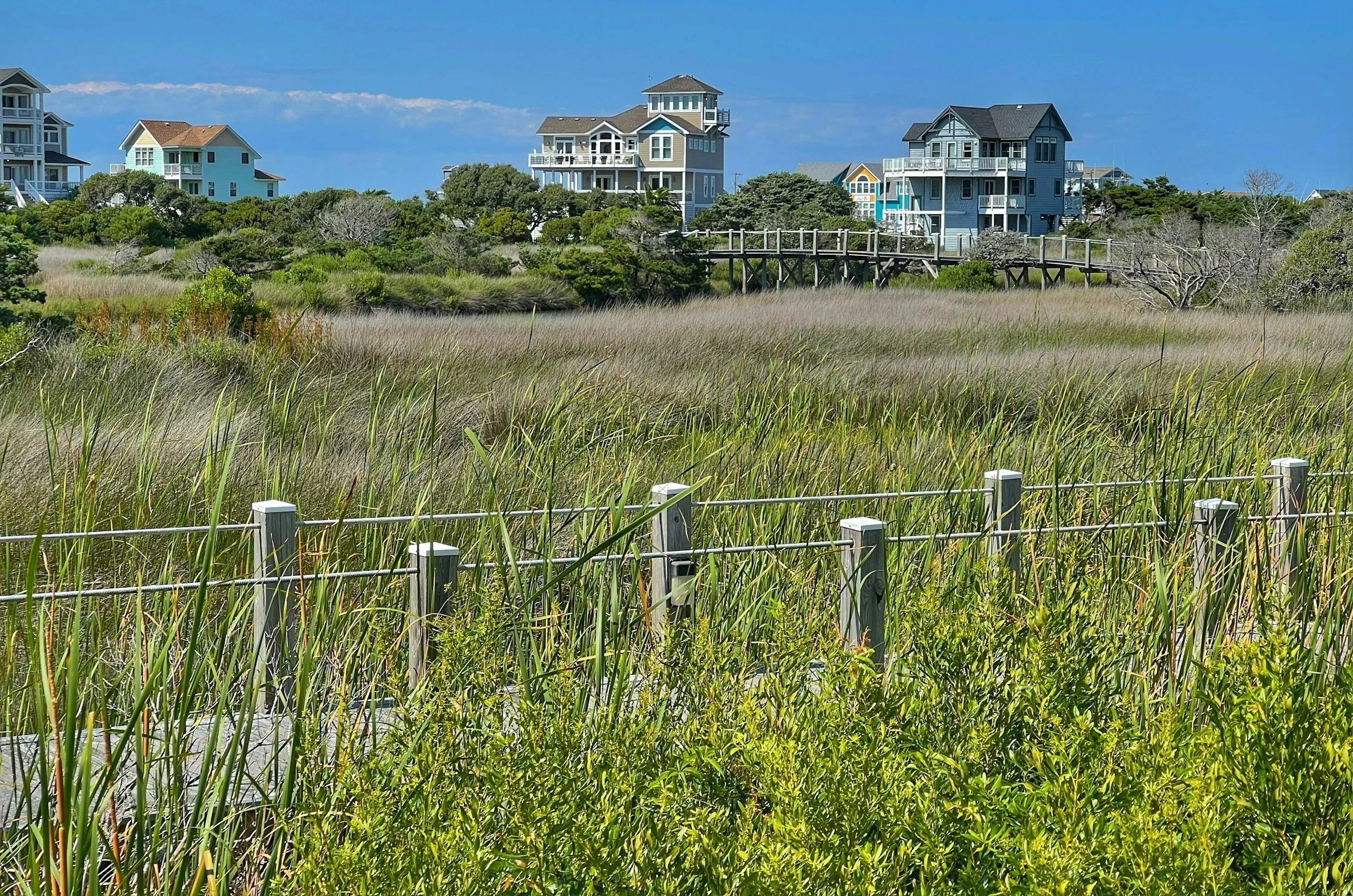
Insights and inspiration from our community.
Risk Ownership in a Time of Rising Climate Costs: Rethinking Who Pays, Who Benefits, and How We Move Forward
This is the second installment in a blog series from CA FWD and Insurance for Good. Across sectors—insurance, housing, utilities, local governments, finance—the conversation is converging on a simple but urgent issue: risk is currently landing in the wrong places, and the mechanisms to transfer, reduce, or pool that risk are strained or breaking. The challenge now is to realign responsibility, incentives, and investment so that resilience becomes the logical—not the exceptional—investment.
Funding and Financing Options for Resilience Investments
This is the first installment in a blog series from CA FWD and Insurance for Good. Our two organizations have partnered to develop an actionable guidebook that outlines replicable funding and financing strategies for risk reduction and resilience. This blog summarizes the key themes coming from recent discussions by the expert workgroup convened through the partnership.
Do California Insurers Reward Wildfire Resilience?
In 2022, California implemented regulations requiring homeowners insurers to adopt premium discounts for policyholders who take steps to lower the risk of a wildfire burning their home. In this essay, we examine how California insurers have responded to these new regulations and summarize the premium reductions available currently in the California market. If homeowners adopt both the maximum home hardening upgrades and defensible space, the greatest premium discount they will receive varies from only a few percent to over 40 percent depending on the insurer and the loss reduction standards adopted.
Resilience Credits for FM Clients: Q&A with Joe Dimitriadis
In October, FM, an industrial and commercial mutual insurance company, announced $400 million in credits for existing policyholders to improve resilience and increase renewable energy use. The resilience credit was FM’s third in three years, providing a total of over $1 billion in premiums offsets to help clients protect their businesses against natural hazards. Insurance for Good sat down with Joe Dimitriadis, Vice President and Client Service Manager at FM, to hear more.
5 Ways to Better Link Risk Reduction and Insurance
Insurance for Good and CA FWD are launching a new partnership to develop durable funding and financing models for resilience. This work was launched with a joint dialogue that highlighted the resilience imperative and the tight link between risk levels and insurance market outcomes. Carolyn Kousky and Nuin-Tara Key share their takeaways.
New Wildfire Resilience Insurance in Tahoe Donner: Q and A with Dave Jones
An innovative insurance product was recently piloted in Truckee, California. The Nature Conservancy, Willis Towers Watson, and the Climate Risk Initiative at the UC Berkeley Center for Law, Energy, & the Environment collaborated on an effort to help insurance take account of nature-based efforts to lower wildfire risk. Insurance for Good sat down with Dave Jones, the Director of the Climate Risk Initiative, to discuss the wildfire resilience insurance product written for a community in the forest.
Building Wildfire-Resistant Homes After Disasters with Headwaters Economics
Insurance for Good partnered with Headwaters Economics to answer three questions: (1) How much economic loss could be avoided by building homes to wildfire-resistant standards? (2) What level of financial investment is needed to build wildfire-resistant homes following disasters? And (3) What types of programs could help homeowners afford the necessary upgrades?
Managing Risk from Good Fire: Prescribed Fire and Liability Insurance
Photo Credit: Steve Rondeau, Nature Resources Director for the Klamath Tribes. Prescribed fire is an essential part of reducing risk from catastrophic wildfires and improving ecosystem health. One of the barriers to expanding use of this important tool is the availability and cost of prescribed fire liability insurance, which has become increasingly harder to get.
Summary of Risk Mitigation Approaches Adopted by Residual Insurance Programs
State residual insurance markets have many tools to help lower the risk of disaster damages to their policyholders. This table summarizes the approaches taken by select programs.
Suggested Insurance Reforms in California to Create Resilient Communities and Inclusive Markets
Carolyn Kousky shares policy recommendations to reform the California insurance market with the Blue Ribbon Commission on Climate Action and Fire Safe Recovery. Her suggestions focus on creating insurable communities and inclusive insurance systems.
Lessons from the Isleton, CA Community Based Flood Insurance Pilot
Image: Isleton, California in 2024. (Alysha Beck/UC Davis) As many communities, small and large, face ongoing and increasing risk of flooding, new approaches to help residents prepare and recover are becoming increasingly important. The City of Isleton, CA is taking an innovative approach.
Puerto Rico’s Innovative Use of Parametric Insurance
To better protect itself and ensure a faster recovery, Puerto Rico, in partnership with FEMA, has taken a bold step by securing a parametric insurance policy as another tool in the toolbox to support pre- and post-disaster hurricane and earthquake recovery efforts.
Is California becoming Uninsurable?
We summarize the dynamics in the California insurance market that have been unfolding through six sets of graphs, providing context for the current insurance issues facing the state as recovery begins.
Unlocking Insurance to Rebuild Stronger and Greener after Disasters
In the United States, buildings account for more than a third of national CO2 emissions and many buildings are not able to withstand the impacts of future climate extremes. As the risks of climate disasters grow, our buildings require updates to decarbonize and improve energy efficiency and better protect inhabitants from intensifying weather-related events.
Building Household Literacy on Disaster Finance
Amid inflation, high housing costs, and myriad day-to-day challenges, telling households that are already living on the edge, that they need to invest in emergency savings and disaster insurance coverage can often feel like a non-starter, but it is critical as an industry that we at minimum fix misconceptions, so households can make informed decisions.
Why I founded Insurance for Good
Insurance for Good is a foundation for positive change, for improved risk management, and a platform to adapt and reinvent risk transfer to work in a changing, and increasingly challenging, environment. We need to build risk solutions that can promote an equitable, resilient, climate-friendly, and nature-positive future.
















